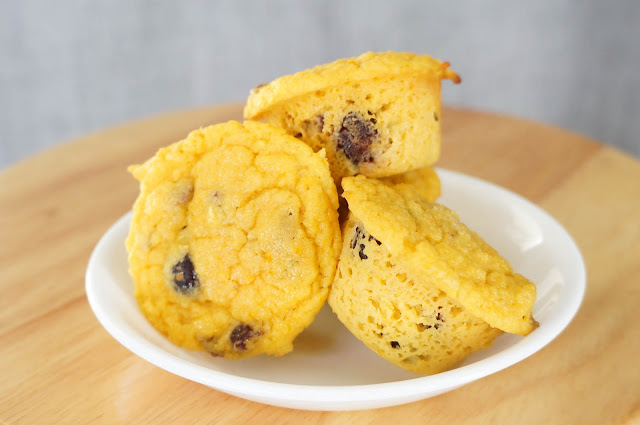IT IS DONE!
Feels sooo good to have finally finished it. Well, mostly finished - I'm still waiting on some more black hook and eye tape but the white I put in temporarily will suffice for now.
The color combo didn't quite turn out as I had hoped but is fine for a serviceable strapless bra.
Check out that lace! I wanted some continuity between the front purple section and the back black powernet. Stretch lace placed on the diagonal did the trick!
 This bra was definitely a labor of love. There were challenges and quite a few firsts all around. This bra features 4 bones in the band and 4 bones in the cups. I added self made cookie inserts and sewed them to the cup in a free floating fashion. The cups themselves had dual layers of foam - to ensure a smooth exterior despite all the boning. I also had to shorten the U shaped or Strapless underwires a smidge (1/4") at center front to make it fit. Band feels a bit loose to me and more secure on the tightest set of hooks. Silicone elastic across the top of the back band would have helped immensely (I had 3/4" regular plush elastic or 1/2" silicon - I erred on the 3/4").
This bra was definitely a labor of love. There were challenges and quite a few firsts all around. This bra features 4 bones in the band and 4 bones in the cups. I added self made cookie inserts and sewed them to the cup in a free floating fashion. The cups themselves had dual layers of foam - to ensure a smooth exterior despite all the boning. I also had to shorten the U shaped or Strapless underwires a smidge (1/4") at center front to make it fit. Band feels a bit loose to me and more secure on the tightest set of hooks. Silicone elastic across the top of the back band would have helped immensely (I had 3/4" regular plush elastic or 1/2" silicon - I erred on the 3/4").LESSONS LEARNED
 - If adding cookie inserts, make them removable next time. If for no other reason than to avoid sewing through 4-5 layers of bra foam.
- If adding cookie inserts, make them removable next time. If for no other reason than to avoid sewing through 4-5 layers of bra foam.- If adding inserts for more push up, lower the height of the upper cup (even more). Possibly curving it a bit higher towards the arm pit. Current cups + 4 layers of foam (4 for the inserts and 2 for the cup) = slight quadding. Zero quadding without the inserts.
- Consider adding another set of boning in the back band over the powernet. This will likely need to use channeling to allow the bones some movement. Previous experience sewing boning on powenet was less than spectacular.
- Consider reinforcing the top edge of foam cup with tricot or similar non-stretch material - hopefully this will help resolve the rolled edge issue.
- Use higher quality plush elastic or just FIRM plush elastic as quite a bit of the support comes from the band.
POSSIBLE EXPERIMENTS FOR NEXT ROUND
- Shorten the u-shaped wires even more (evenly on both ends AND/OR shorter in center front). Maybe another 1/4" off each end?
- 1/2" Silicon backed plush elastic. The concern with this one is the difference in elasticity. I've found I need a fairly firm elastic for the upper band elastic to spring the wires correctly.
- Possibly shorten the back band 1/2" to account for the extra stretchy plush elastic (I bought 50 yards of this stuff that stretches almost 100%!!)
Overall, I'm very pleased with how this turned out! Fit is pretty darn good if I do say so myself. My issues at this point are all very minor. Hooray!






























